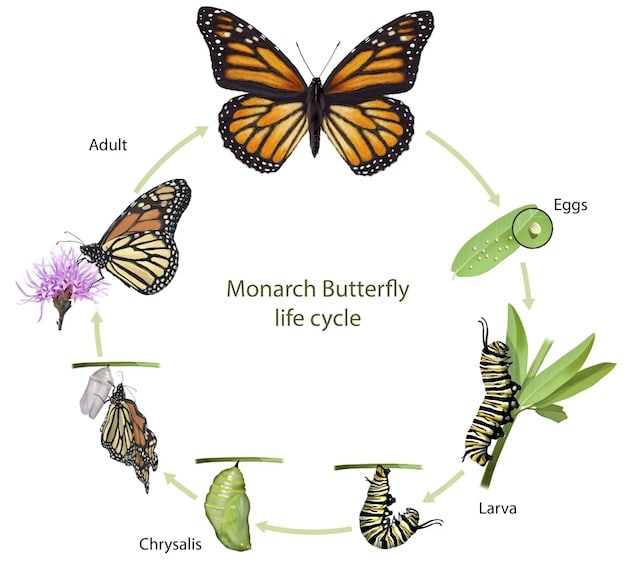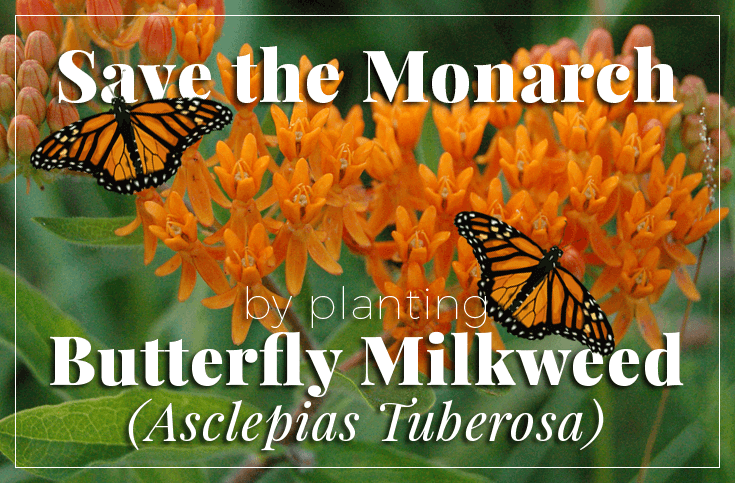King of the Butterflies
Many people consider Monarch butterflies to be the most beautiful of all butterflies, which is why they are considered the “king” of the butterflies, hence the name Monarch. They contribute to the health of the planet by pollinating many types of wildflowers.
Amazing migration journey
Each fall, millions of monarch butterflies fly between 1,200 and 2,800 miles (or more!) from the northeast United States and southeast Canada down to a specific region in central Mexico.
In Oconee County, we usually see monarch butterflies in September and October as they make their way down to Mexico. Monarch butterflies instinctively know to fly south to a handful of sites in Mexico where the temperature and humidity are just right for them to cluster together to keep warm. They overwinter there from November to mid-March.
Life cycle
The monarch life cycle is short and the migration journey is multi-generational.
The individual butterflies (the ones who initially begin the migration) only make it part of the way. It’s their offspring, the second, third and fourth “generations” who end up returning to northern locations in early spring.
Monarchs undergo complete metamorphosis in four distinct phases: egg, larva, pupa and adult.
The time it takes to transition from egg to adult is weather dependent. It can happen in 25 days (warm summer) or last up to 7 weeks (cool spring).
Adults live for 2-5 weeks during their breeding season. They mate in the spring in preparation for the fall migration.

Milkweed is essential
Adult monarchs feed on the nectar of many plants, but milkweed is the only food source for larvae. Monarchs lay their eggs on milkweed plants so the larvae can feed on them during the larval phase of their life cycle. Without milkweed, monarch butterflies can not survive.
Since 1990, nearly a billion monarch butterflies have vanished from overwintering sites. The U.S. Fish and Wildlife Service believes monarchs are declining because their food source is disappearing. Milkweed is dying off because of herbicides used to kill unwanted “weeds”. Throughout the country, urban growth has taken over natural landscapes which also negatively impacts milkweed habitat.
People can give monarchs a boost by planting milkweed in their yards or on their property.

Growing milkweed helps provide monarch caterpillars with the food source they must have to survive. Read more about growing milkweed here.
Note: although there are many types of milkweed that are beneficial to monarch butterflies, Tropical milkweed is not one of them.
The Monarch Watch Tagging Program
A large-scale citizen science project began in 1992 to help understand the dynamics of the monarch’s spectacular fall migration through mark and recapture.
Several years ago, South Cove County Park became a monarch way station and began tagging monarchs on their way to Mexico.
Monarch tagging is one of the classes offered at the park for kids who participate in the South Carolina 4-H Jr. Naturalist program.








